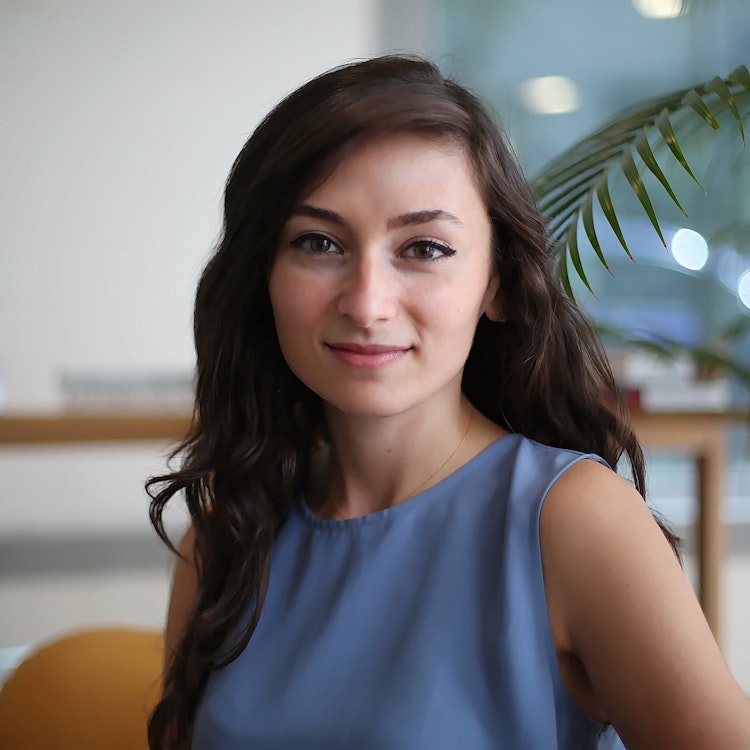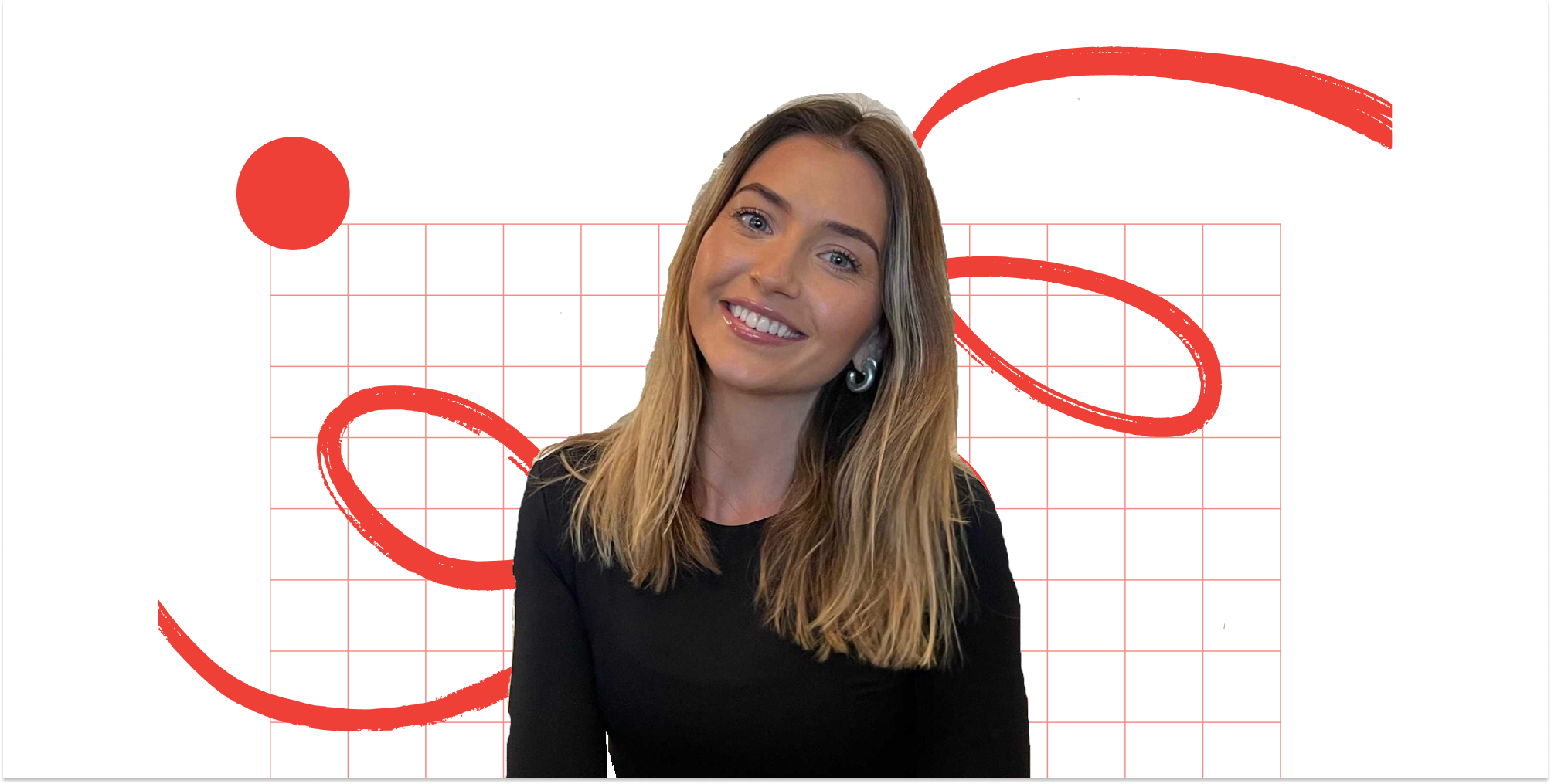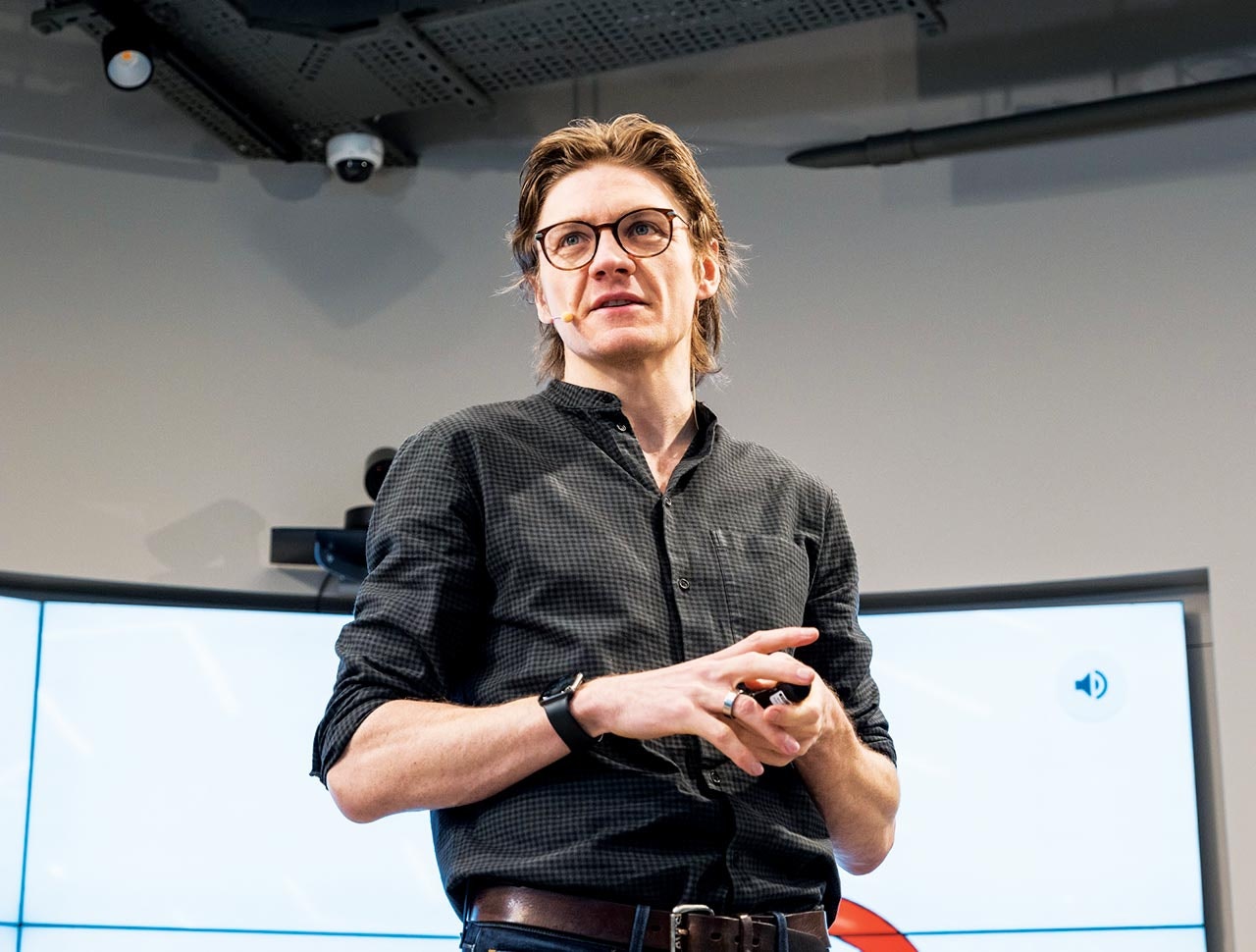A career in science no longer just means lab work, research papers and publishing in journals. More and more, scientific talent is entering tech by commercialising research and launching companies in everything from AI and quantum to drug discovery and carbon capture.
But that brings with it its own challenges. Scientifically minded academics are usually more technical and less entrepreneurial than your typical startup founder.
As one of the cofounders of Omini, a company focused on diagnostic testing with portable blood tests, I’ve encountered the challenges academic founders face when swapping bench work for benchmarks. Here’s what I’ve learnt, and the lessons other inventor-founders can take away.
Finding and negotiating for lab space
When you’re a conventional lab spinout — created by an academic founder commercialising research out of a specific institution — the project usually matures long enough in the lab, then once the prototype is ready the company is spun out and born.
Our scenario was atypical. I met my cofounder Anna Shirinskaya through Entrepreneur First Paris and neither of us had remaining bonds with our universities when we started Omini. So when it came to finding lab space we needed to fight our way to sign a collaboration deal with Anna’s university to be able to work there. You need to approach these negotiations by:
- Coming to the table with relevant arguments as to why it's beneficial for the university to welcome you (shared IP, notoriety, etc);
- Getting informed beforehand on the different deals you can strike with the university, and what's fair and common practice;
- Staying amiable and patient, and having researchers who are allies and willing to support your case;
- Keeping in mind bureaucracy and the time it takes to move things forward in academia. Things can be slow, so have a plan B.
Fundraising without a proof of concept
Omini was launched as a promising lab technology, but had never been tested directly on blood samples, and no one had tried to build a product out of it yet. As we were no longer in academia, we had to fund tech development from the early stages and fundraise before we had a proof of concept.
We got that wrong early on. After a quick market study we chose our first target market and started building a proof of concept. It took us some time and a lot of discussions with investors to realise that we hadn’t chosen the right problem to tackle because:
- We hadn’t talked with all the stakeholders in our industry — we had only talked with doctors, but not with payers;
- We were not building a product that gave our company its best shot at having a unique value proposition and a competitive edge — we were playing it safe.
Your work at this stage requires you to dive deeply into your industry and learn its history. You need to learn everything you can about your competitors and their strategies. Use your scientific background to quickly understand your tech’s potential and limits, as well as your competitors' technologies and assets. Not until you’ve done this should you choose the best angle of attack. This learning process is not linear, it's cyclical. You dive, you learn, you improve your strategy and you repeat.
Talking with investors and fundraising definitely accelerated the whole process, as the questions they asked pushed us to look deeper and avoid any blind spots.
Building a product, not a technology
The number one lesson we learned during EF was: don’t build a product before validating your market need.
This is something you usually learn too late when you are a conventional spinout, where you might build a cool tech that you believe serves a need but you don’t actually get out of the lab and validate it. You end up with a very mature prototype that is either not needed or requires a lot of changes before becoming a product.
Another learning for medtechs is to keep in mind scaling and manufacturing. You often see nice prototypes coming out of the lab, but that cannot be scaled in a profitable way or do not fit a profitable business model.
Don’t build a product before validating your market need
Since day one, we have been building a product that takes into account manufacturing constraints and fits a razor/razorblade business model. This led us to make certain R&D decisions that we wouldn’t have made if we were only developing a lab prototype.
To get that right you need to ask:
- How many devices you expect to sell when you reach market?
- How you will manufacture at large scale, keeping in mind the number of units to produce, safety and quality control?
- Will you produce in-house or work with contract manufacturing organisations, or a mix?
- How much will it cost you to produce X number of units for market entry and expansion?
- What's your path to profitability?
- What are the benchmarks of the closest products on the market you'll need to compare yourself against?
Leaving your academic ego at the door
In academia, we are often alone on our projects, even if we are part of a team. Our drivers are often personal and don’t require team success. We want to be the best in our fields, we want to publish and our success or failure primarily impacts us alone.
As entrepreneurs, our stakes are team related. Personal success doesn’t mean anything, the only relevant success is the team and company’s success. This shift in mindset is essential.
I needed to accept that I’m not in charge of everything, that decision-making and responsibilities need to be split and that I have to trust each decision-maker, even if their way is not exactly my way. You also need to make sure that you are all moving in the same direction with the same goals and values.
Discover fast whether you're the CEO or the CTO
You need to learn as quickly as possible who in your team is going to take on which executive function. If you’re a cofounding team, that often means divvying up who’s going to take on the role of CEO and who’s going to be the CTO.
Being a CEO is something that might not be easy for a person coming from academia, who might not be comfortable being in the spotlight or might have difficulty communicating what the company does. To be CEO you need to be comfortable continuously fundraising, a skilled communicator and networker. If you’re shy and don’t like standing in the light, that’s fine — you might be better suited to a CTO role, building the product or having a more operational role in the company.
Becoming a CTO means learning how to build a product roadmap, how to manage a team, how to work to tight timelines and budgets and how to build something good enough, not necessarily something perfect.
You should lean on your peers at this stage and follow your gut. If you feel you're enjoying your role, that it comes to you naturally and your peers validate your work, it probably means you have the rough skills needed to do it. If it feels boring, seems like an obligation that you are forced to do or it doesn’t sit high in your priority list, it probably means you should steer away from the role, have someone else on the team cover those aspects or look to bring someone in.



